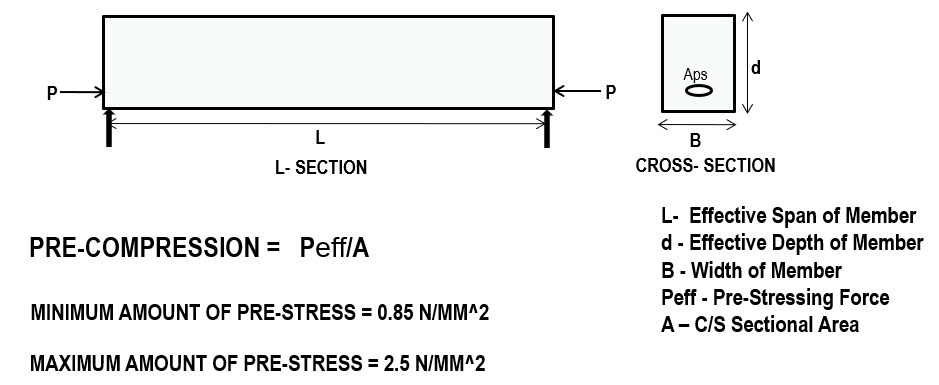POST TENSIONING
(i) BONDED SYSTEM
▸ Two or more HT strands are threaded through a metallic conduit installed in the concrete. The HT strands are tensioned with the help of Hydraulic jacks and anchored in anchorage devices. The duct is then filled with the Cementous grout that protects the HT strands from corrosion and bonds the strands to the concrete surrounding the duct.
(ii) UN-BONDED SYSTEM
▸ An unbonded post-tensioning (PT) system refers to a construction technique where PE coated HT strands are used to reinforce concrete structures without directly bonding the tendons to the surrounding concrete

NEED FOR POST-TENSIONING
▸ Post-Tensioning offers great technical advantage in comparison to other conventional forms
of construction, such as reinforced concrete and steel. Post-Tensioning members possess
improved resistance to shearing forces, due to the effect of compressive stress in concrete.
Taking the advantage of the Post-Tensioning Technique following benefits can be achieved —